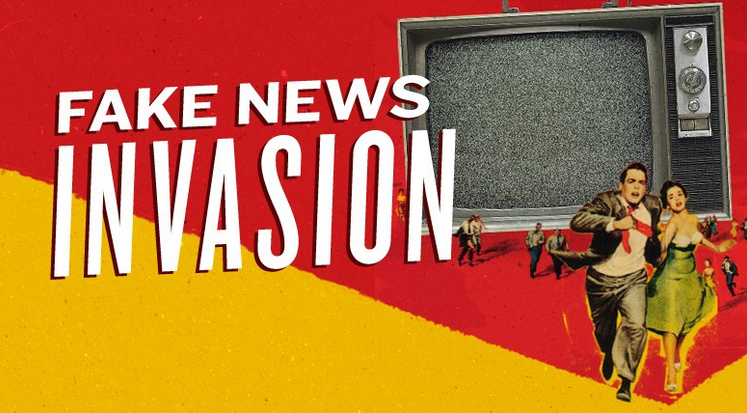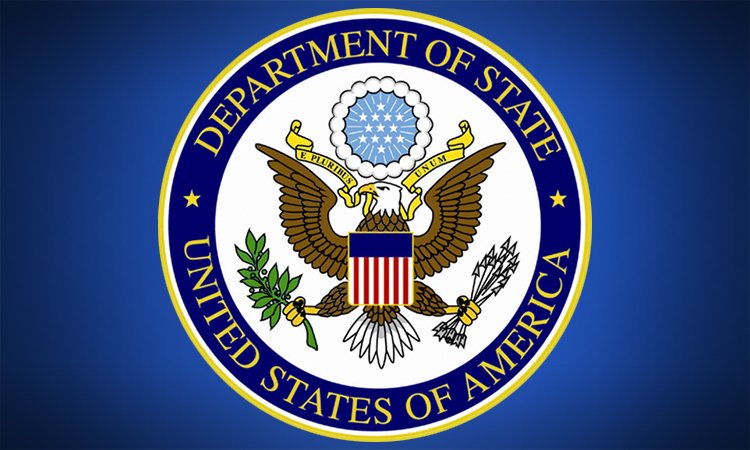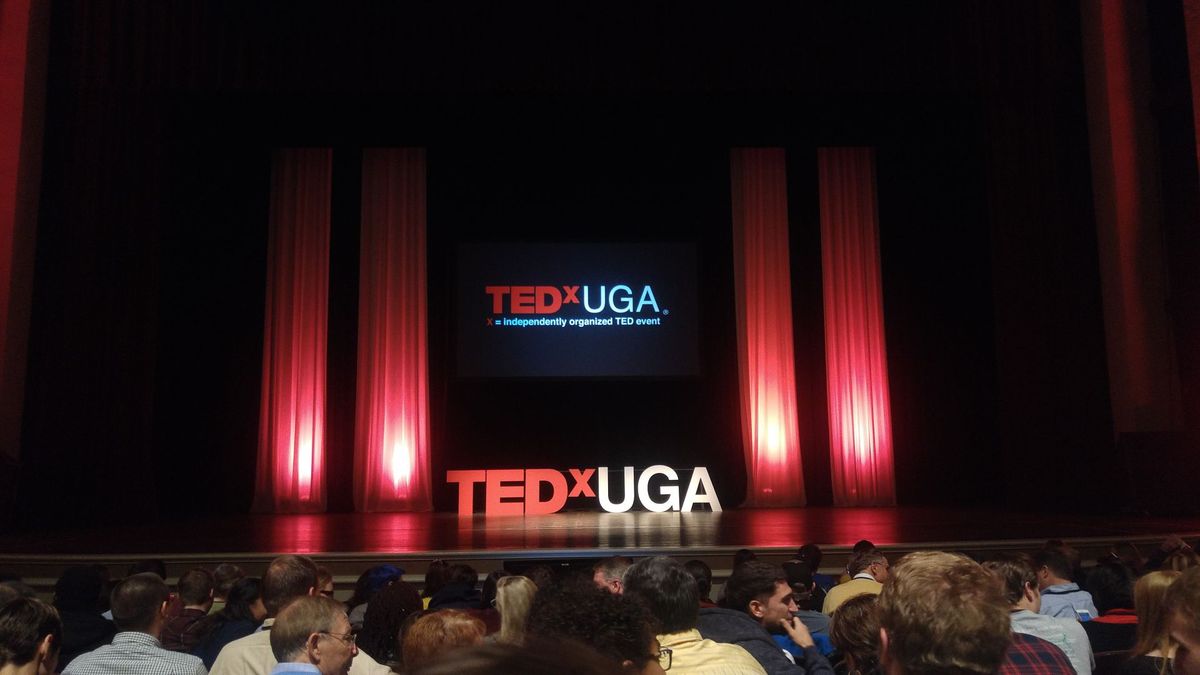By Grant Mercer
The Boston newspaper gave a detailed account of the gruesome event. Leather pouches, brimming with cash and jewelry, were found stuffed inside a wooden trunk. Beneath the pouches rested yet another bag, this one filled with the bloody scalps of American soldiers along with a letter addressed to a foreign leader asking him to accept the scalps and goods as a token of allegiance. To ensure the grisly act would not be forgotten, the newspaper article was forwarded first to friends and then to other newspapers. There were signs that the article might be fraudulent – for example, the typeface did not match the newspaper’s usual style – but as word spread, Americans lost sight of these clues as their thirst for retribution grew. This bogus newspaper article, penned not by Brietbart in 2016 but rather by Benjamin Franklin in 1782, fueled the colonists’ growing fear that British forces were increasingly turning Native Americans against the Colonies. Fake news, a writer’s imagination masquerading as fact-based information, had arrived in America.
The presidential campaign of 2016 experienced a resurgence of fake news. From the outright fabrication that Pope Francis had endorsed Donald Trump to tweets casting blame for Trumps’ popular vote loss on millions of illegal voters, fake news became an ever-present source of information for many Americans. According to a recent large-scale Buzzfeed poll, about 75 percent of Americans were fooled by fake news during the 2016 presidential elections. In particular, those who relied upon Facebook as their primary news source were among the most easily deceived. While Facebook, Inc. feels their role in providing fake news is overstated, they will be adding warning labels to stories disputed by 3rd party fact-checkers. In fact, a coalition among Facebook, Google, Twitter, and Microsoft has been formed to fight the spread of false propaganda by sharing technology and information across all their services.
Fake news can be a very real threat to public safety. In early December, a 28-year-old North Carolina man, acting on a fake news article, traveled to Washington, D.C. to “self-investigate” the article’s claims of a child trafficking organization operating in the back room of a local pizza parlor. Dozens of online variations of the fraudulent article had appeared across the internet, reporting that Hillary Clinton was the mastermind behind a criminal ring that kidnapped and tortured children for the pleasure of Washington insiders. Armed with a rifle and a self-righteous sense of vigilante justice, he entered the restaurant, firing shots. Fortunately, everyone in the restaurant, filled with families at the time, escaped without injury.
The gunman was not the only one to take these made-up stories seriously. With headlines like “Pizzagate: How 4Chan Uncovered the Sick World of Washington’s Occult Elite,” these stories led many to believe that these heinous acts against children had actually occurred. The owner of the pizza parlor, James Alefantis, reported to police that he and his staff had been receiving “hundreds of death threats through texts, Facebook and Twitter.”
Facebook, as well as most other social media sites, uses complex machine learning algorithms to identify what their readers most want to see. After all, in an industry where the end user is the product, social media sites benefit financially by keeping users on their sites as long as possible. Fake news about political candidates, while making the user feel “in the know” by reinforcing their ideology, can amp up the site’s bottom line. While Facebook may be reluctant to acknowledge their role as a news disseminator, nearly 25% of Americans name the website as their main source for news of current events while another 30% consider Facebook a minor source, but one to which they regularly refer. Only CNN and Fox News rate higher.
A sophisticated Russian propaganda campaign lent its support to this flood of fake news, according to a Washington Post report, which detailed the work of four independent research teams. By using bots (simple computer programs widely disseminating false information), employing hundreds of paid human trolls, and hosting countless disinformation websites, the Russians amplified right-wing politics with the goal of influencing the American election. While there is no way to calculate the actual impact on individual voting decisions, the Russian actions did cast doubt on the credibility of American candidates, especially of Hillary Clinton. Not surprisingly, the Russian-backed WikiLeaks, while releasing near-daily missives about Clinton prior to November 8, has been stone quiet since the election.
Of course, foreign powers are not the only one dishing out falsehoods. Six days prior to the presidential election, Lt. Gen. Michael Flynn tweeted “U decide — NYPD Blows Whistle on New Hillary Emails: Money Laundering, Sex Crimes w Children, etc … MUST READ!” However, the New York Police Department had blown no such whistle. In addition, Lt. Gen. Flynn had tweeted that Hillary Clinton secretly waged war on the Catholic Church and that President Obama is a jihadi who laundered money for Muslim terrorists. With over 100,000 Twitter followers, his false words reached and influenced a wide audience. Named as President-elect Trump’s National Security Advisor, Flynn’s access to reliable data probably exceeds that of the average American, yet he passed on fraudulent accounts as sanctioned truth.
Pushing fake news can even be a family affair. Lt. Gen. Flynn’s son, a member of Trump’s transition team, tweeted that Secretary Clinton and President Obama were profiting from the Syrian conflict and that both would be tried for treason upon Mr. Trump’s election. He shared a fake news story that claimed hackers had found video evidence that President Bill Clinton had raped a teenage girl. Only after he tweeted, mere hours after shots were fired at the pizza parlor, that “Until https://twitter.com/hashtag/Pizzagate?src=hash proven to be false, it’ll remain a story” was he removed from the transition team. Who needs foreign powers spreading falsehoods, when some Americans, even highly-placed government officials, are willing to pass along these mistruths
Fake news is, without doubt, a growth industry. One unlikely breeding ground for fake news writers is Veles, Macedonia, an economically depressed city of about 45,000 people. It has become a means for the townspeople, teenagers mainly, to earn up to $5,000 a month trading on American gullibility. Their websites earn money by users clicking on ads found on their web sites. “People from the United States are watching your website and clicking on the banners and you’re making money,” one of the site creators said. “At first, we blogged about cars and liberal politics, but none of the stories got traction online until we started writing about Trump. We start writing bad things about Hillary and people start opening the posts and reading about it and started re-sharing it.” Ninety percent of the traffic to his website originates on Facebook, one young entrepreneur shared. As Facebook and other major social media sites embrace a stronger commitment to curtailing fake news, these Macedonia teens may lose some of their financial motivation to publish fiction as fact.
Nearly 75 years ago, many Americans trembled in fear when news of an alien invasion was broadcast from their living room radios. Even with repeated on-air warnings that the space ship landings in St. Louis and Chicago were not real but rather part of a radio play, thousands of listeners panicked. Terrified families jammed the highway seeking to escape the Martian marauders while one woman ran into a church screaming, “It’s the end of the world! Go home and prepare to die!” In hindsight, it is easy to laugh at such gullibility and to write off that panicked reaction to fake news as naïve, but the ability to be tricked still exists today. Today’s version of the War of the Worlds is found not on the radio, but on Facebook, Reddit, and Twitter when posters blast political tall tales as truth. Millions of Americans were genuinely conned this past election cycle, either because they could not tell the difference between real and fake news or because they did not care enough to seek out the truth. While political agendas and profit motives may have propelled fake news, gullibility and a willingness to accept any story, no matter how absurd, created the market for it.


